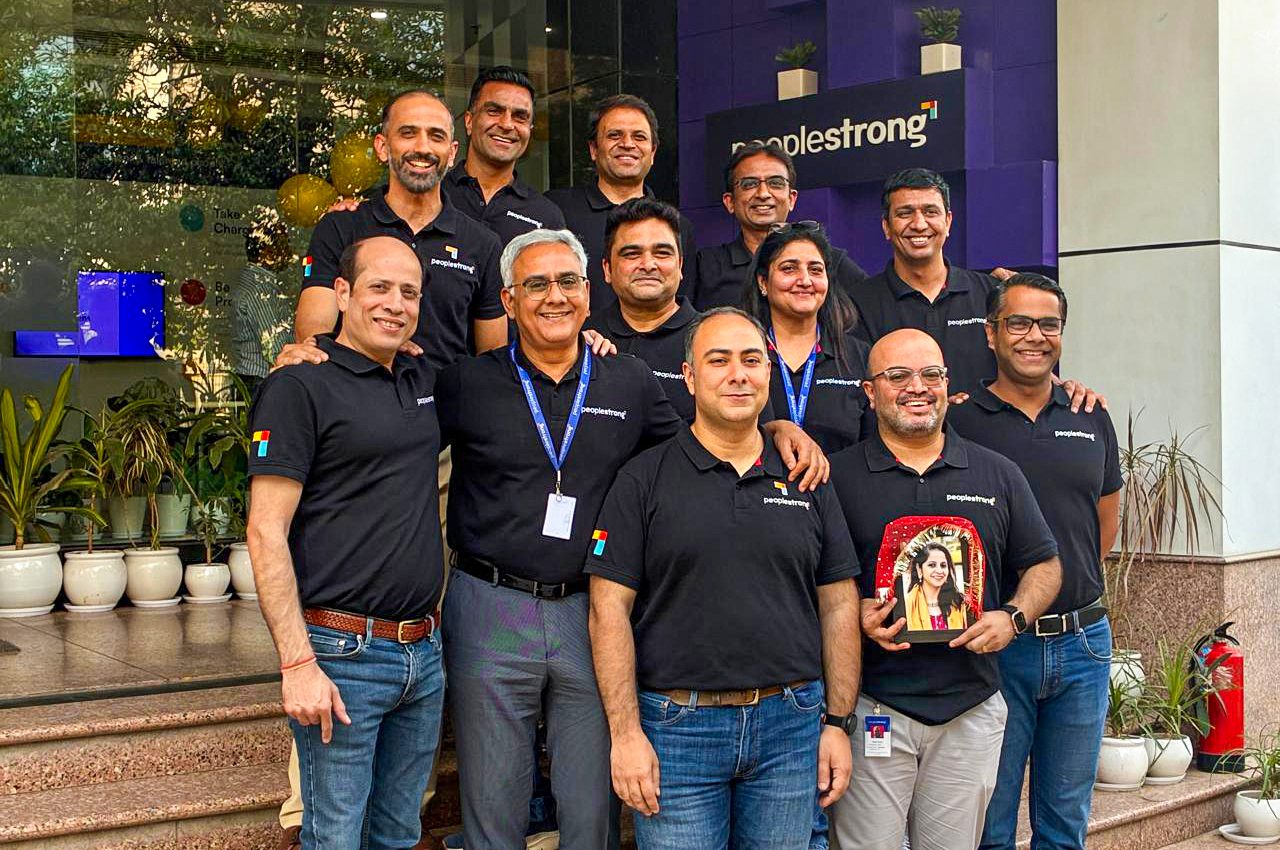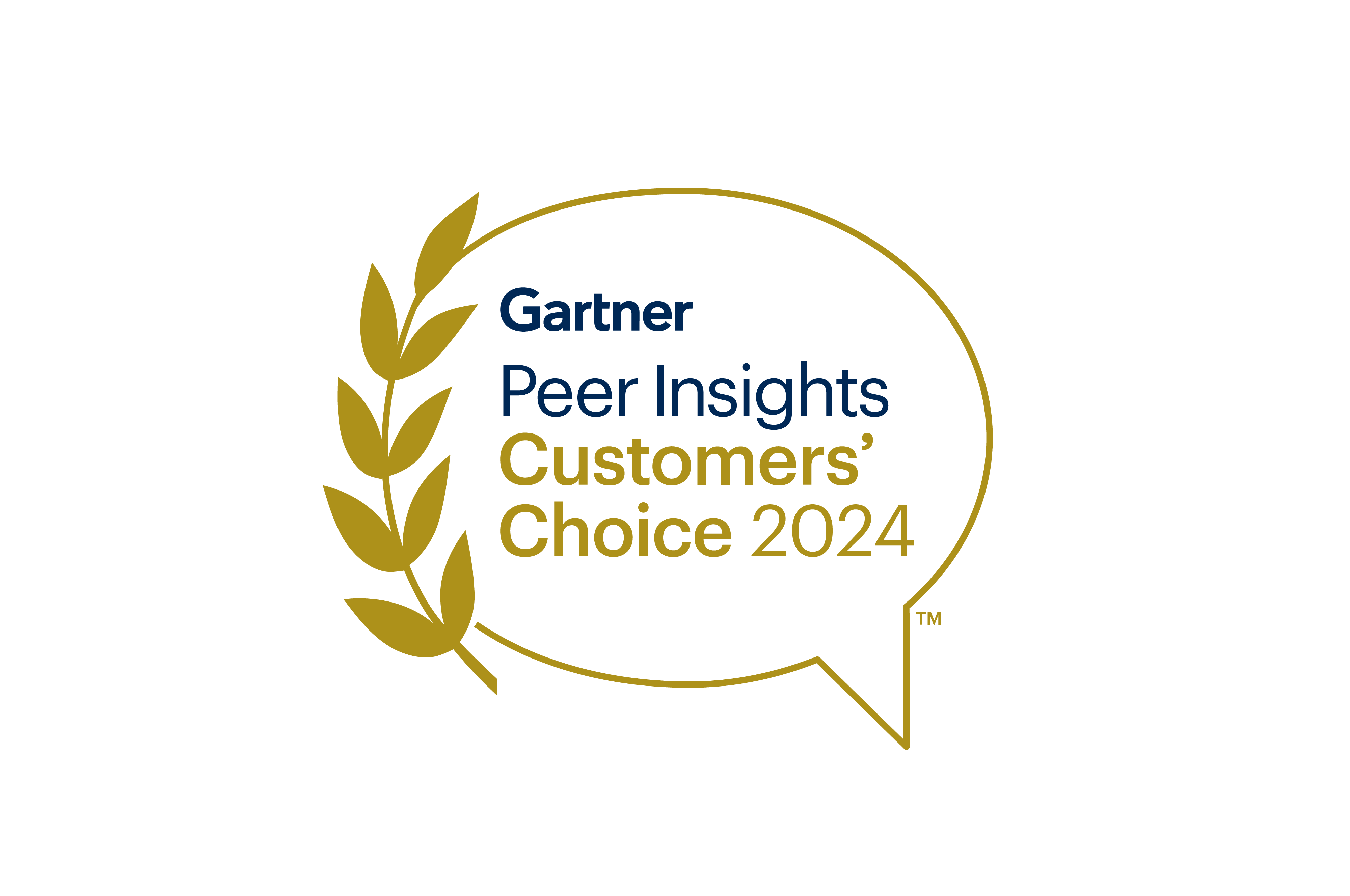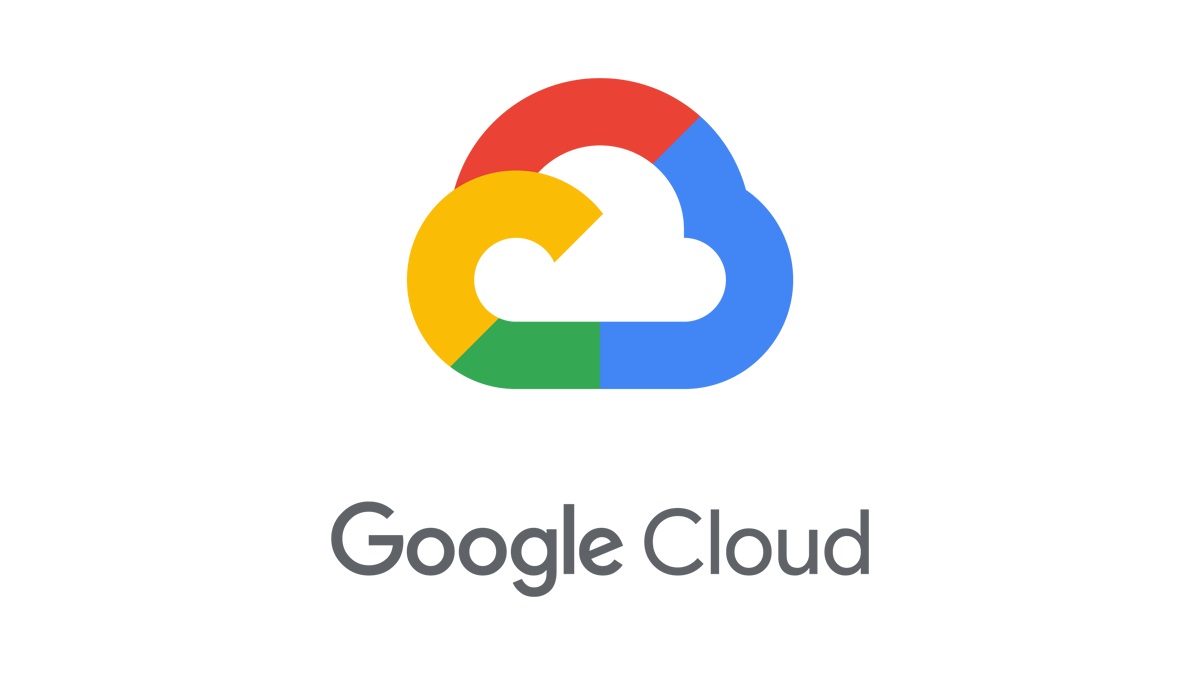Employees are at the core of any organization, and their journey from the first interaction with your brand to their exit shapes company culture and success. Employee lifecycle management ensures employees stay engaged, productive, and aligned with business goals while creating a positive work environment.
A structured approach to the employee lifecycle leads to better retention, efficiency, and job satisfaction. When employees receive the right support at each stage, businesses reduce turnover, enhance engagement, and strengthen their employer brand.
This lifecycle includes attraction, recruitment, onboarding, development, retention, performance management, and transition. Optimizing each stage helps organizations refine HR processes, leverage technology, and build a thriving workplace.
Understanding the Employee Lifecycle
The employee lifecycle covers every step of an employee’s journey within a company—from the moment they’re hired to when they leave. It breaks down the key stages an employee goes through, making it easier for businesses to create a positive work experience.
The seven stages of the employee life cycle include:
- Attraction: Drawing in potential employees with a strong company reputation and culture.
- Recruitment: Finding and selecting the right talent for open roles.
- Onboarding: Helping new hires settle in and understand their responsibilities.
- Retention: Keeping employees engaged and motivated.
- Development: Providing opportunities for growth and learning.
- Offboarding: Managing the exit process professionally.
- Happy Leavers: Ensuring employees leave on good terms, which can lead to referrals or future collaborations.
The employee lifecycle model helps companies understand what employees experience at different points in their journey. A well-structured approach ensures they have the tools, support, and environment to succeed. Employees who feel valued at every stage stay engaged, perform better and contribute more effectively.
Each interaction shapes the employee experience—what they see, feel, and go through at work. The more businesses invest in understanding and improving these stages, the easier it becomes to make decisions that benefit employees and the organization.
Key Stages of Employee Lifecycle Management
Managing each stage of the employee lifecycle effectively helps organizations create a cohesive approach to talent management. By optimizing each phase, companies can attract, develop, and retain the best talent while fostering a positive work environment.
Let’s explore each key stage in detail to understand how businesses can maximize the potential of their workforce.
Stage 1: Attraction – Building a Strong Employer Brand
Attracting the right talent starts with positioning your company as an employer of choice. A strong employer brand helps potential candidates see your organization as a great place to work, increasing the chances of attracting top talent.
- Crafting an attractive employer value proposition (EVP): Clearly define what sets your company apart, including culture, benefits, and career growth opportunities.
- Leveraging digital platforms and social media for recruitment marketing: Use LinkedIn, job boards, and company websites to showcase success stories and workplace culture.
- Showcasing company culture and employee testimonials: Share real employee experiences through videos, blogs, and social media to build trust and engagement with potential hires.
Stage 2: Recruitment – Hiring the Right Talent
Recruitment helps businesses find individuals who fit the company’s culture and long-term objectives. A structured hiring process improves efficiency and ensures that new employees make meaningful contributions from the start.
- Use structured interviews to streamline hiring: Standardized questions and evaluation criteria create a consistent and fair selection process.
- Enhance candidate matching with AI-driven tools: Automated resume screening and skill assessments identify suitable candidates more accurately.
- Reduce bias in the selection process: Blind resume screening and structured assessments promote diversity and fair hiring practices.
Stage 3: Onboarding – Setting Employees Up for Success
A well-structured onboarding process helps new employees adjust quickly and feel confident in their roles. Effective onboarding improves retention, boosts productivity, and strengthens engagement from the start.
- Establish a structured onboarding plan: A clear roadmap ensures new hires understand expectations, policies, and job responsibilities.
- Use digital tools to simplify onboarding: Automated workflows, self-service portals, and e-learning modules speed up the process.
- Create a 30-60-90 day plan for better integration: Setting short-term goals helps employees transition smoothly and become productive faster.
Stage 4: Development – Investing in Employee Growth
Continuous development helps employees enhance their skills and advance their careers. Providing opportunities for growth improves engagement, boosts productivity, and strengthens long-term commitment to the organization.
- Offer personalized learning and development programs: Tailored training supports individual career paths and skill-building needs.
- Encourage career path planning and mentorship: Clear progression opportunities and mentorship improve job satisfaction and retention.
- Enhance skills with AI and HR technology: Intelligent learning platforms recommend relevant courses and track progress.
Stage 5: Retention – Keeping Employees Engaged
Retaining employees requires more than competitive salaries. A supportive work environment, recognition, and opportunities for growth keep employees engaged and committed to the organization.
- Build a culture of recognition and continuous feedback: Regular appreciation and constructive feedback improve motivation and job satisfaction.
- Promote work-life balance and well-being initiatives: Flexible schedules, mental health support, and wellness programs reduce burnout and improve retention.
- Implement employee engagement strategies for long-term commitment: Career development, meaningful work, and strong leadership encourage employees to stay.
Stage 6: Performance Management – Enhancing Productivity
Effective performance management ensures employees stay aligned with business goals while continuously improving their skills. A structured approach to feedback, goal-setting, and analytics helps organizations maintain high productivity levels.
- Set clear goals and expectations: Well-defined objectives guide employees and improve focus on key priorities.
- Use real-time feedback and performance analytics: Continuous feedback and data-driven insights help employees improve and stay engaged.
- Track performance with AI-driven tools: Automated systems identify strengths, highlight areas for improvement, and support data-backed decision-making.
Stage 7: Transition – Offboarding and Alumni Engagement
An organized offboarding process ensures smooth transitions while maintaining positive relationships with departing employees. Thoughtful exit management can turn former employees into brand advocates and potential rehires.
- Ensure a structured offboarding and knowledge transfer process: Documenting responsibilities and conducting knowledge-sharing sessions prevent workflow disruptions.
- Maintain positive relationships with former employees: Stay connected through alumni networks, referrals, and engagement initiatives.
- Encourage alumni to become brand advocates: Former employees can promote the company’s reputation and refer top talent.
Best Practices for Effective Employee Lifecycle Management
To make the most out of your employee lifecycle, you need to take a flexible and thoughtful approach. Businesses that align their HR strategies with long-term goals and embrace technology not only improve engagement but also retain top talent and stay competitive in the market.
1. Link HR Plans to Business Needs
You can’t wait for talent gaps to show up. With workforce analytics, you can anticipate what your business will need and adjust your recruitment and training strategies. Think of it as building a talent pipeline before you really need it.
2. Make the Experience Personal
The more you know about your employees, the better you can support them. Data from performance reviews, surveys, and engagement tools can help you spot trends—like when someone might be about to leave or what skills they want to develop. With these insights, you can offer tailored programs like mentoring or customized learning to keep them engaged and growing.
3. Use the Right Tech to Save Time
Managing HR tasks manually can slow you down. Tools like PeopleStrong simplify everything from recruitment to onboarding and even performance management. These tools help you streamline your processes and let your HR team focus on bigger-picture goals that improve the overall employee experience.
4. Go Beyond Benefits for Well-Being
More and more, employees want companies that care about their well-being. It’s not just about offering healthcare or a 401k anymore. Flexible work hours, mental health resources, and recognition programs that go beyond just a paycheck can make a huge difference. When employees feel supported and valued, they’re more likely to stick around long term.
Focusing on these practices not only enhances the employee experience but also strengthens your organization for the future. The goal is to create an environment where employees feel motivated, supported, and loyal to the company.
The Role of AI in Employee Lifecycle Management
AI is transforming employee lifecycle management by moving beyond automation and into predictive intelligence. Instead of merely streamlining HR tasks, AI now acts as a decision-making engine that anticipates talent needs, personalizes employee experiences, and optimizes workforce performance. Companies that integrate AI at every stage of the employee lifecycle can shift from reactive HR management to proactive talent strategies.
1. AI-Driven Talent Acquisition
Traditional recruitment relies on static resumes, manual screenings, and reactive hiring. AI-powered systems take a different approach, using deep learning and behavioral analysis to assess a candidate’s long-term suitability. These systems evaluate skill adjacencies, professional growth trajectories, and digital engagement to predict future performance.
AI also eliminates bottlenecks by automating scheduling, screening, and candidate assessments, ensuring that recruiters spend time on high-impact decision-making rather than administrative tasks.
2. Adaptive Onboarding
A standardized onboarding process does not account for variations in employee experience levels, job complexity, or learning styles. AI-driven onboarding adapts to each employee, offering customized training paths based on prior knowledge, expected ramp-up time, and learning preferences.
AI-powered virtual assistants provide real-time support, answering employee queries, guiding them through internal systems, and connecting them with relevant stakeholders. By analyzing onboarding success metrics, AI refines the process over time, ensuring faster integration and higher retention rates.
PeopleStrong’s AI-powered onboarding platform personalizes new hire experiences with role-based journeys, automated document processing, and real-time AI assistance. By streamlining onboarding tasks and optimizing processes with AI insights, organizations boost engagement, accelerate productivity, and improve retention.
3. Real-Time Performance Optimization
Traditional performance reviews rely on past achievements rather than real-time insights. AI enables continuous performance tracking by analyzing collaboration patterns, feedback loops, and productivity trends.
These insights help managers detect early signs of disengagement, identify high-potential employees, and recommend personalized career growth plans. AI-driven feedback tools ensure that employees receive timely and constructive input, fostering a culture of continuous improvement.
4. Strategic Workforce Planning
Workforce planning is no longer just about filling current vacancies; it involves predicting future talent needs and aligning them with business goals. AI integrates internal workforce data with external labor market trends to anticipate skill shortages, suggest upskilling programs, and map internal mobility opportunities.
This approach allows businesses to future-proof their talent strategies while improving employee retention and job satisfaction.
To implement AI effectively across the employee lifecycle, businesses need advanced HR technology that integrates recruitment, onboarding, performance management, and workforce planning.
PeopleStrong provides AI-driven talent acquisition, onboarding, and workforce management solutions that help organizations make data-driven HR decisions. With AI-powered insights, companies can optimize every stage of the employee journey, ensuring higher engagement, productivity, and long-term success.
Common Challenges in Employee Lifecycle Management
Even with smart tools and structured processes, businesses still struggle to get employee lifecycle management right. Some issues keep popping up, making it harder to retain talent, keep teams motivated, and build a productive workplace. Let’s break down the biggest hurdles companies deal with.
1. Employees Keep Leaving
Keeping good employees around is easier said than done. If people feel stuck in their roles, don’t see growth opportunities, or feel underappreciated, they start looking elsewhere. A lack of career development, work-life balance issues, and poor recognition push employees to move on, leaving businesses scrambling to hire and train replacements.
2. Skill Gaps Keep Growing
The skills companies need today aren’t the same as they were five years ago. The problem? Many businesses don’t update their training programs fast enough. Employees end up feeling like they aren’t learning anything new, which leads to boredom and, eventually, an exit. Without relevant learning opportunities, companies lose valuable talent and fall behind in innovation.
3. Employees Want More Than Just a Paycheck
Competitive salaries aren’t enough anymore. Employees want flexibility, mental health support, and real career growth. If a company doesn’t offer these things, engagement drops, burnout rises, and people leave. Businesses that ignore work-life balance and employee well-being struggle to keep their teams motivated.
4. Employee Experience Feels Inconsistent
A company might have an amazing hiring process but drop the ball when it comes to onboarding, development, or even offboarding. This inconsistency makes employees feel unsupported at different points in their journey. When companies don’t think about the entire employee experience, frustration builds, and retention suffers.
5. HR Teams Rely on Guesswork Instead of Data
Without the right data, it’s hard to predict problems before they escalate. Some companies wait until employees quit to figure out what went wrong instead of spotting early signs of disengagement or performance issues. Without real-time insights, HR teams struggle to take action before it’s too late.
6. Automation Without the Human Touch
AI and automation help businesses work smarter, but relying too much on technology can make the workplace feel impersonal. Employees still want real conversations, support from their managers, and a sense of connection. Striking the right balance between automation and human interaction keeps employees engaged and makes workplace relationships stronger.
Conclusion
Managing the employee lifecycle isn’t just about hiring and keeping people around. It’s about creating an experience that makes employees want to stay, grow, and contribute their best work. Companies that focus on every stage—recruitment, onboarding, development, retention, and even offboarding—set themselves up for long-term success.
Investing in career growth, using AI-driven insights, and balancing automation and human connection can make a big difference. Employees who feel valued, supported, and challenged are likelier to stick around, stay productive, and even become brand ambassadors after they leave.
A well-managed employee lifecycle isn’t just good for the workforce—it’s a game changer for business growth. Companies that get it right don’t just attract talent; they build a culture where people want to stay and thrive.












